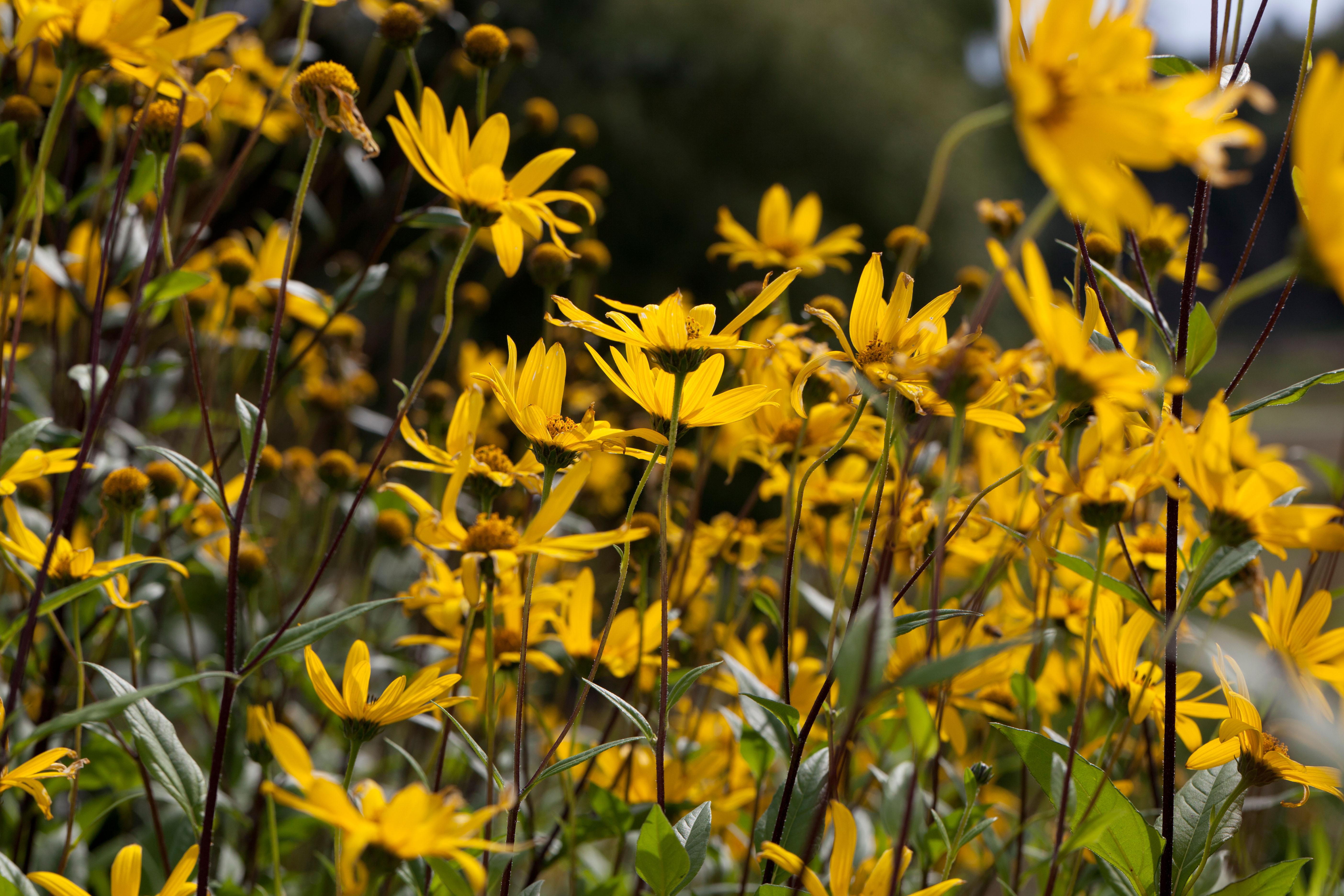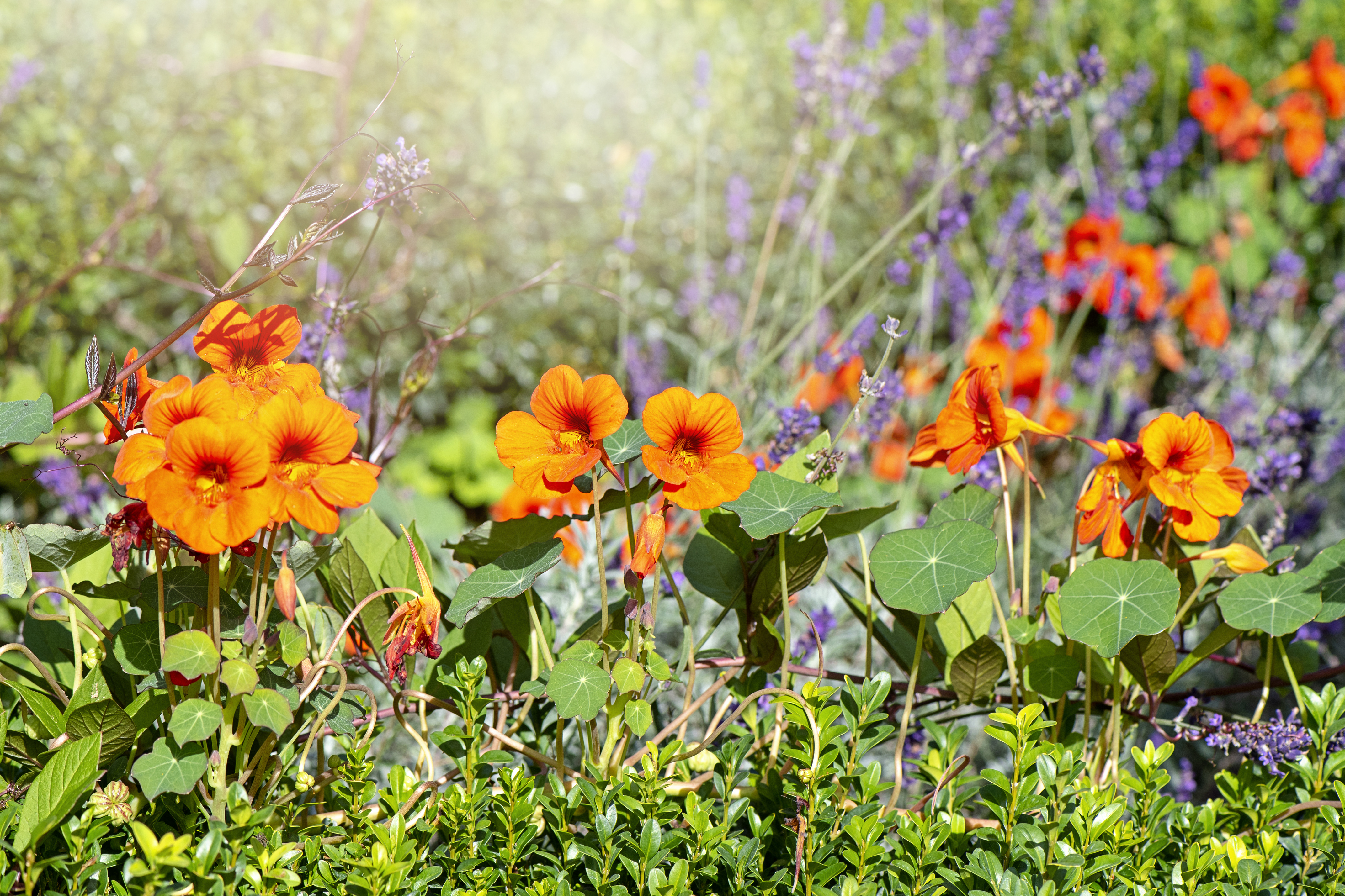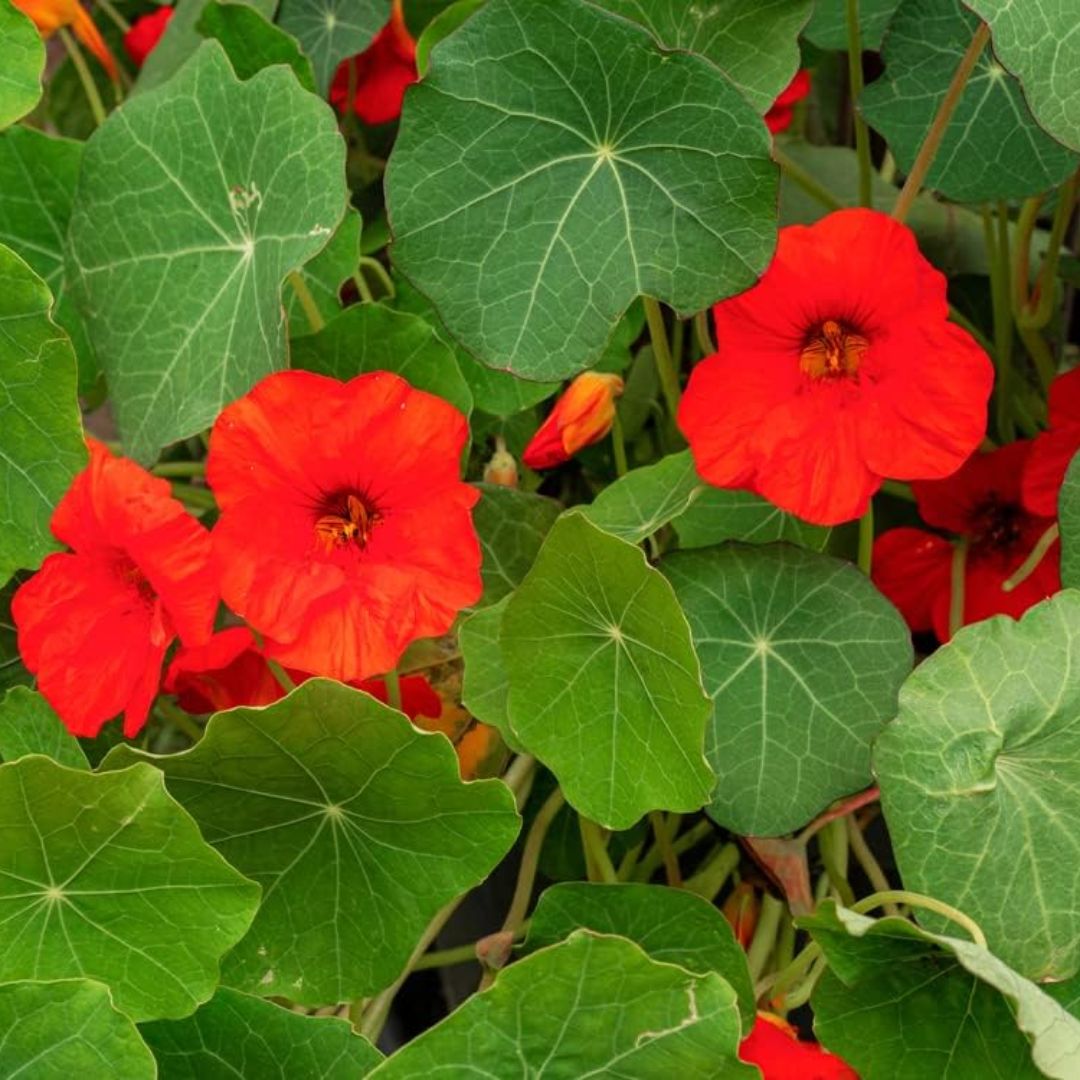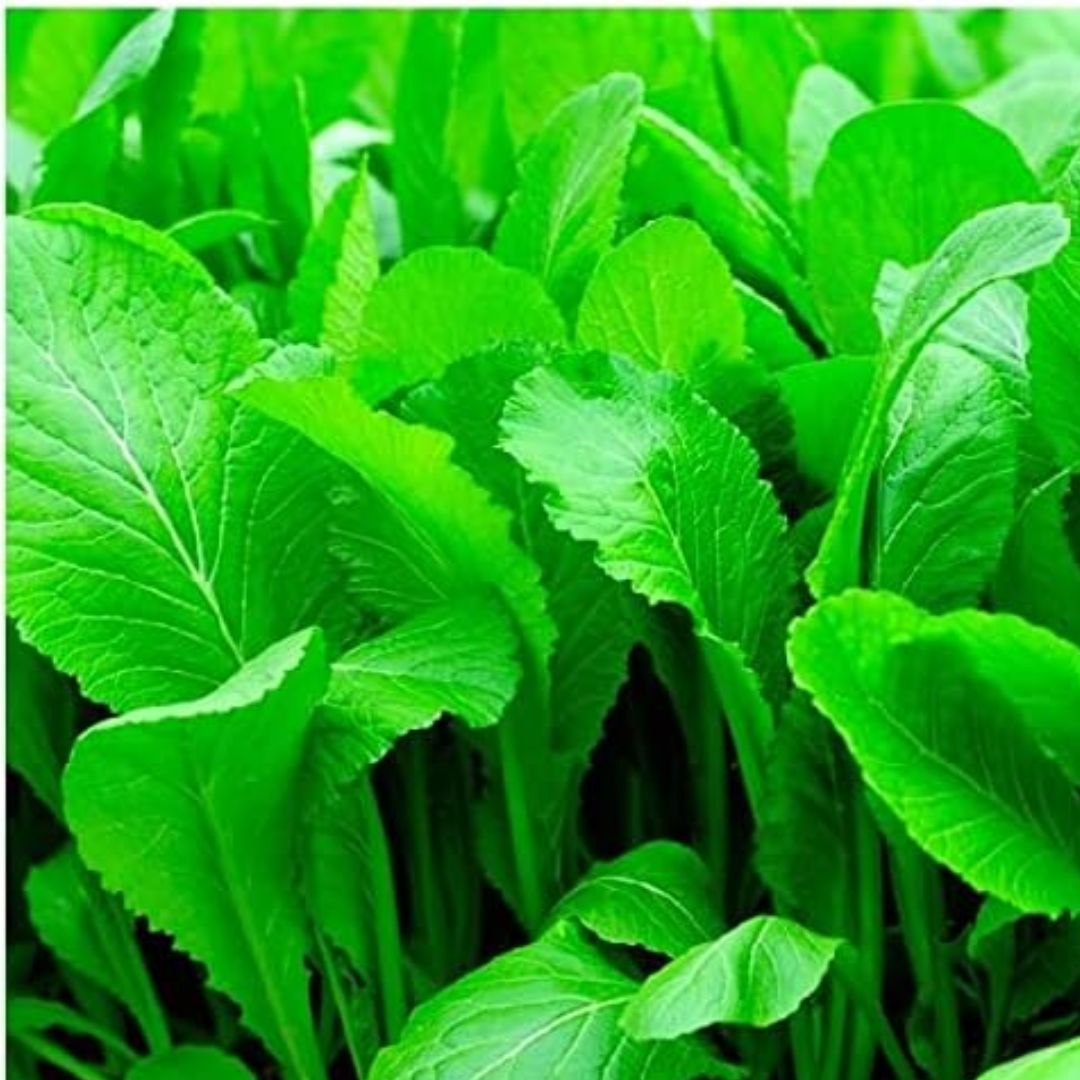How to use "trap plants" in your garden - the secret guardians that act as nature's pest-repellents
What are trap plants and why do you need them? Experts throw light on these strong defenders that maintain and safeguard your garden plants


Trap plants or trap crops are essentially decoy plants that attract pests, insects, and other garden creatures away from the main crop. While these are classically used for larger lands and agricultural crops, the technique can be used successfully when gardening at home, too.
As we become more interested in organic gardening andavoiding pesticide use, trap plants are becoming an even-more interesting prospect for protecting our backyard plants.
If you too are interested in these special species, experts suggest four that can be planted easily in any garden, to save your other plants from pests.
What are trap plants?
Trap plants have a big role to play in vegetable gardens or flower gardens, where precious plants and crops are grown to thrive season after season.
'In a nutshell, trap plants, or sometimes called trap crops, are plants that are strategically chosen and placed to lure harmful insects away from a different primary plant or crop of interest,' says Kat Aul Cervoni, landscape designer and founder of Staghorn NYC and The Cultivation by Kat. 'This is a form of companion planting that helps cut down on or eliminate the need for pesticide use. In addition to luring harmful insects away from the main crop or plant, trap plants can also attract beneficial insects (such as wasps or ladybugs) that can help keep pest populations in check. For instance, ladybugs are known to have a voracious appetite for aphids, so attracting these spotted beauties to your garden is always worthwhile.'
Where should you plant them?

These special varieties ideal for a modern garden need to be placed strategically so as to keep the main plants away from harmful pests.
'Trap plants are used to attract pests and keep them away from your main crops,' says Nick Wood, gardening expert at Gardening Express. 'There are several locations where you can plant these. One of them is around the perimeter of the crop you're protecting. This will intercept insects before they can reach your crops. You can also plant them in between your main crop to confuse insects, making it harder for them to find the crops.'
The Livingetc newsletters are your inside source for what’s shaping interiors now - and what’s next. Discover trend forecasts, smart style ideas, and curated shopping inspiration that brings design to life. Subscribe today and stay ahead of the curve.
4 types of trap plants for beginners to try
1. Marigold

Marigolds are a wasp-repellent plant that can also keep other non-beneficial insects from your plants.
'If you want to protect tomatoes, peppers, and potatoes then consider planting Marigolds,' says Nick. 'They will attract whiteflies and certain soil-borne pests. Marigolds will need to be planted in full sun and well-drained soil. They’re drought tolerant and will only need watering if the soil has fully dried out.'
'These are also effective for fruit and vegetables (beans, brassicas, tomatoes, melons, and squash to name a few) as their scent helps deter aphids and whiteflies among others,' says Kat. 'The roots and surrounding soil of marigolds (particularly the Tagetes variety) can also interfere with the nematodes' ability to locate and infect host plants. The chemical compounds released by marigolds can confuse or repel nematodes, making it less likely that they will find and infest nearby crops. These compounds can also have toxic/inhibitory effects on nematodes, disrupting their life cycles and reducing their populations.'
'Marigolds are easy keepers,' says Kat. 'Give them full sun (at least 6 hours) and maintain consistently moist, well-draining soil. They do become more drought tolerant as they mature but will reduce flowering if they become too stressed. Consistent dead-heading will keep bloom production going strong all season long.'
2. Sunflowers

Sunflowers are one of the most effective flowers for companion planting when it comes to keeping pests at bay.
'Sunflowers will attract aphids, whiteflies, and beetles,' says Nick. 'Just remember they’ll require regular watering especially when it’s dry. You’ll also want to grow these in full sun and well-drained soil. They work great near crops like beans and cucumbers.'
These flowers are extremely attractive to stink beetles and leaf-footed bugs, but these should be planted early so they bloom in time to intercept the bug’s migration. Once the insects arrive close to the plant, you can consider netting, vacuuming, or hand-picking these to keep them away from your crop.
3. Nasturtiums

'The strong scent of nasturtiums makes it a very effective trap plant for the garden,' says Kat. 'Nasturtiums often end up as a sort of sacrificial crop but can continue growing and blooming despite insect damage. They do best in full sun with consistent moisture until established and then gain drought tolerance. Be careful not to over-fertilize as this can lead to heavy leaf and light flower production (they do quite well in poor soils).'
'Nasturtiums will attract aphids, whiteflies, and cabbage moths when used in your flower beds, keeping them away from crops such as broccoli, tomatoes, and cabbage,' says Nick. 'This plant will also need full sun and well-drained soil which must be kept moist.'
4. Mustard greens

You can also add mustard greens to a small vegetable garden to ward off insects that may be inching toward your leafy veggies. 'Mustard greens are a great trap plant option for companion planting with other brassicas (brussel sprouts, broccoli, cauliflower, etc.) and can help protect them from aphids and cabbage loopers,' says Kat. 'These plants emit chemical compounds and scents that are particularly attractive to cabbage loopers and aphids.'
'The pests are drawn to the mustard greens, where they lay their eggs (in the case of cabbage loopers) or feed on the leaves (in the case of aphids),' Kat adds. 'Mustard greens thrive in full sun but are also tolerant of part shade and prefer consistently moist, but not waterlogged soil conditions. They also do best in fertile soils, so be sure to feed with fertilizer and/or compost.'
When should trap plants be planted?
Before you jump onto this garden trend, there are a few tips to keep in mind.
'One of the key things for using trap plants is making sure they are in flower while the protected crop(s) is at its most vulnerable,' says Kat. 'So be sure they’re planted out and getting established ahead of time (or in sync with) the crops. Be strategic with proximity so that you can get the most protection from your trap plants. Planting your trap plants in rows between crops or as a border planting are the best methods to ensure they provide effective defense.'

Aditi Sharma Maheshwari started her career at The Address (The Times of India), a tabloid on interiors and art. She wrote profiles of Indian artists, designers, and architects, and covered inspiring houses and commercial properties. After four years, she moved to ELLE DECOR as a senior features writer, where she contributed to the magazine and website, and also worked alongside the events team on India Design ID — the brand’s 10-day, annual design show. She wrote across topics: from designer interviews, and house tours, to new product launches, shopping pages, and reviews. After three years, she was hired as the senior editor at Houzz. The website content focused on practical advice on decorating the home and making design feel more approachable. She created fresh series on budget buys, design hacks, and DIYs, all backed with expert advice. Equipped with sizable knowledge of the industry and with a good network, she moved to Architectural Digest (Conde Nast) as the digital editor. The publication's focus was on high-end design, and her content highlighted A-listers, starchitects, and high-concept products, all customized for an audience that loves and invests in luxury. After a two-year stint, she moved to the UK and was hired at Livingetc as a design editor. She now freelances for a variety of interiors publications.



